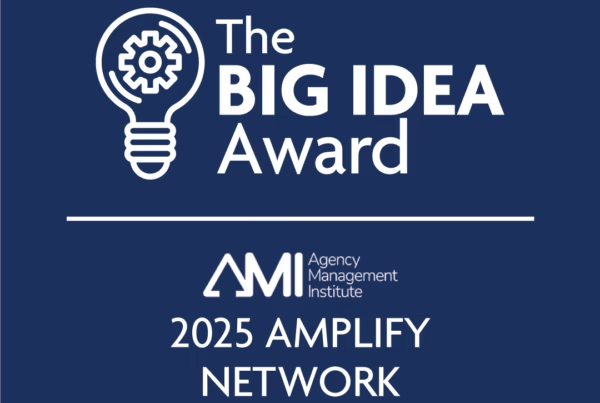This approach ensures that every marketing effort supports your ultimate goal, moving potential customers from awareness to your desired action.
Each of your marketing activities plays a vital role in reaching your goals. Below we’ll show how gaps in your plan may result in the loss of a viable business prospect and why it’s important to understand each of the phases of the customer journey that impact your audience’s decision-making process.

First, let’s look at the primary phases of the sales funnel. Most simply, they are:

Each marketing effort plays a unique role in guiding customers through this journey.
1. Marketing Strategy
(The Foundation)
Before launching any campaign, a strong marketing strategy ensures consistency in messaging, visuals, and objectives. It aligns all your efforts and keeps your brand’s purpose clear while defining how each tactic works together to drive results.
2. Your Website
(Your Digital Hub)
Supports: Awareness, Consideration, Conversion
Your website is where everything comes together. It should be optimized to attract traffic, engage visitors with valuable content, and guide them toward taking action—whether that’s filling out a form, making a purchase, or contacting your team.
3. Traditional Advertising
(Building Brand Awareness & Trust)
Supports: Awareness
Billboards, print ads, TV, and radio build large-scale brand recognition and credibility. Even in the digital age, traditional advertising plays a key role in generating interest and increasing brand recall, leading potential customers to search for your business online.
4. Public Relations
(Enhancing Credibility & Expanding Reach)
Supports: Awareness, Consideration
A well-placed news article, press release, or media mention can enhance your credibility and attract new audiences. PR efforts often drive online searches and social engagement, reinforcing your brand’s authority in the marketplace.
5. Content Marketing
(Educate, Engage, and Convert)
Supports: Awareness, Consideration
Blogs, videos, whitepapers, and infographics help inform and engage your audience. Content marketing not only fuels SEO but also nurtures trust by providing valuable insights that position your brand as a solution to their problems.
6. Social Media Marketing
(Amplifying Engagement & Loyalty)
Supports: Awareness, Consideration
Social media helps distribute content, interact with audiences, and create a sense of community. It fosters engagement and keeps your brand top-of-mind while driving traffic back to your website or landing pages.
7. Digital Advertising
(Precision Targeting & Lead Generation)
Supports: Awareness, Consideration, Conversion
Digital ads—such as Google Ads, social media ads, and display ads—allow you to target in-market prospects with precision. They support organic marketing efforts by increasing visibility, retargeting interested users, and driving conversions with compelling calls to action.
8. Email Marketing
(Nurturing Leads & Retaining Customers)
Supports: Consideration, Conversion
Email marketing keeps leads engaged by delivering personalized content, promotions, and updates. It’s an essential tool for nurturing potential customers, re-engaging past buyers, and strengthening long-term relationships.
Understanding your customer’s journey is key to delivering the right message at the right time. For example:

Each piece of the marketing puzzle works together to drive your desired action—whether that’s a click, a call, or a conversion. A well-integrated marketing strategy ensures that every effort supports your larger goal. By leveraging the right mix of marketing activities, you can create an effective, results-driven approach that turns awareness into action.
Need help crafting a strategy that delivers the right message at the right time? Let’s talk!





